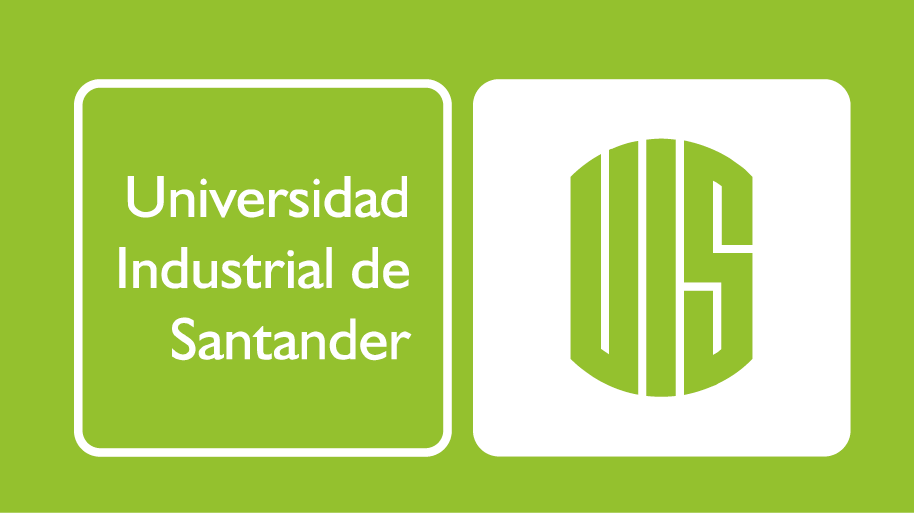Speaker
Description
Piezoelectric cement-based materials can be employed for the development of intelligent and sustainable civil infrastructure either by working as an energy harvesting medium or by sensing the stress state of structural elements. The use of metallic nanoparticles as an active phase in Portland cement matrices has great potential, being gold nanoparticles a little-studied option to increase the free electrical charge and improve the matrix piezoelectric response. In this work, we introduce the theory of piezoelectricity for large deformations without including a functional for the energy. Besides, we show a set of two generating equations in terms of a free energy's function for later it will be reduced to constitutional equations of piezoelectricity for infinitesimal deformations. Since the experimental component, this research studies the piezoelectric properties of Portland cement pastes blended with 442 ppm and 658 ppm of gold nanoparticles and cured under a constant electric field. Also, we correlate the theoretical and experimental piezoelectric parameters for small deformations. The nanoparticles were synthesized by pulsed laser ablation in water. Electrical impedance spectroscopy was used to measure the total resistance of the matrix and open circuit potential measurements coupled with mechanical load application were carried out to determine the piezoelectric activity of the composite. Here is shown piezoelectric and electrical parameters of gold nanoparticles mixed to cement paste: the elasticity parameter $Y=323.5\pm75.3$ $[kN/m^2]$, the electroelastic parameter $\gamma=−20.5\pm6.9$ $[mV/kN]$, and dielectric constant $\varepsilon=(939.6\pm82.9)\varepsilon_0$ $[F/m]$, which have an interpretation as linear theory parameters $s^D_{ijkl}$, $g_{kij}$ and $\varepsilon^T_{ik}$. About the experimental measurements, we found that the total electrical resistance of the composite decreased with the inclusion of nanoparticles and that the piezoelectric response increased both with the amount of gold and the application of a constant electric field in the curing process. Thus we concluded that it is possible to obtain a gold/cement composite with piezoelectric properties using small amounts of gold in its composition.

